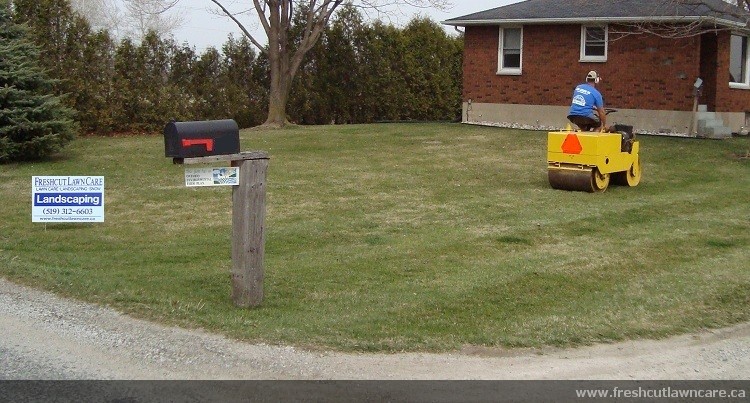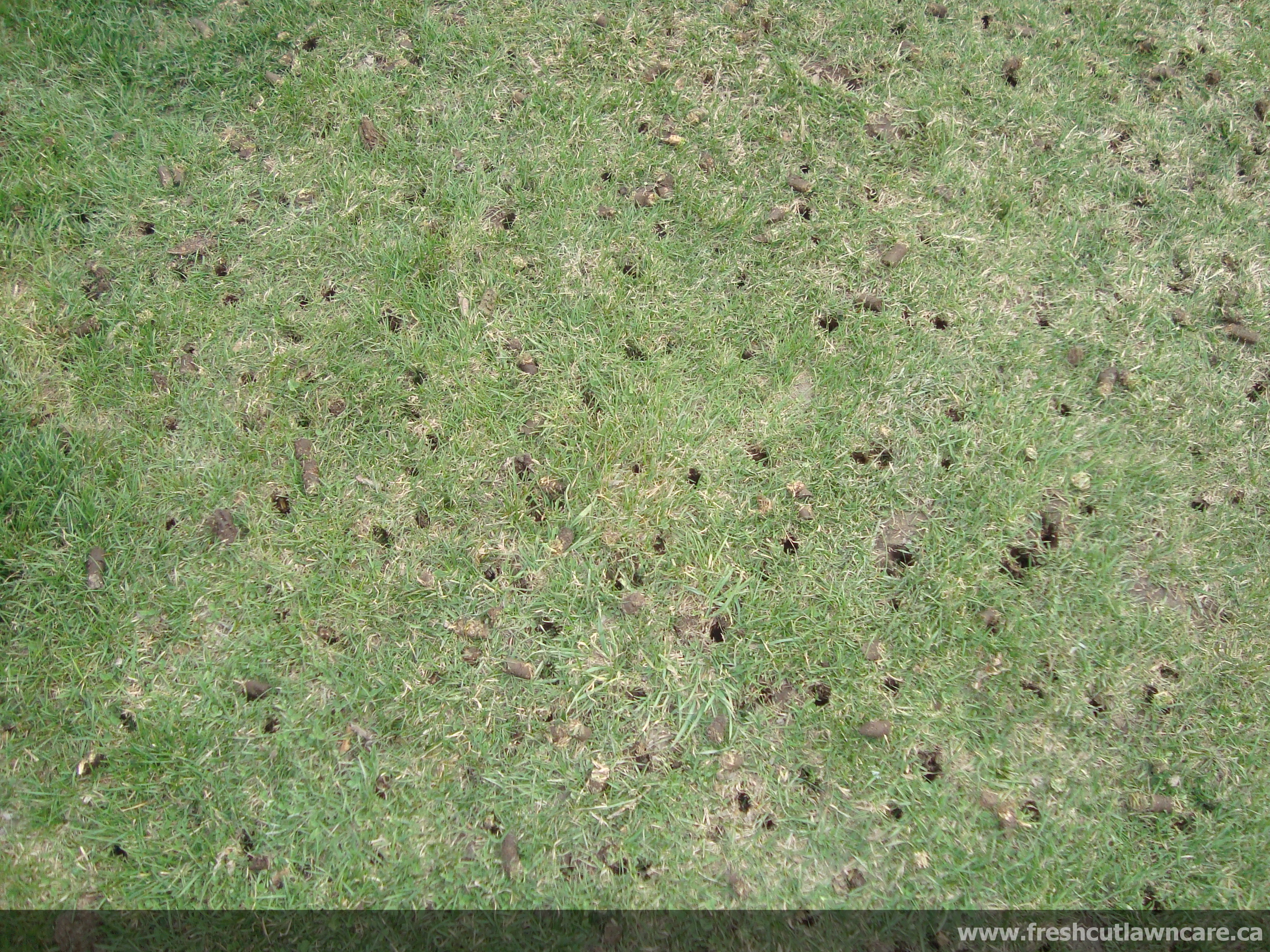Tips & Benefits of A Great Lawn
An aesthetically pleasing lawn can be a source of pride for every homeowner. But not only is it visually pleasing but an attractive lawn and manicured landscape can add up 15% to the resale value of your home! A US survey reported that an investment in your lawn and landscaping had a 100-200% recovery rate with decks and patio's only recovering 40-70% of their initial cost. Most homebuyers are more concerned about the outward appearance of a home when compared to its interior. This is because the outside is seen by passerby's and neighbours on a daily basis where the interior is more of a private affair. This is called curb appeal.
Thick lawns reduce the need for excessive weed control. Weeds form in the weakest areas of lawns where it is easiest for weeds to thrive.
Grass is also great for the environment since it removes carbon dioxide from the air, and produces oxygen as a result. Grass even fights against soil erosion helping knit the soil together and trap water runoff. A dense lawn also helps to protect against injury if there is a fall. Lawns also help keep us cool in the heat of the summer. When sidewalks are reaching 100° F, grass remains at a tolerable 75° F.
A well maintained property and landscaping adds 15% to a home's value. A Gallup Survey reported almost 75% of homeowners felt an investment in lawns and landscaping was as good as or better than other home improvements. The survey found the investment recovery rate is 100-200% for landscape improvements, compared to just 40-70% for a deck or patio.
Fertilizing
The goal of fertilizing is to thicken and feed your lawn in order to keep it healthy. Fertilizing 4 times a year is advisable for a lush lawn. Fertilizing will help create a dense attractive lawn that is very resistant to drought, disease and other elements. Fertilizing is the easiest and most affordable way to grow thick green turf. Fertilizing does not mean that your grass will grow any quicker and you will have to mow more often. At Freshcut, we use slow-release fertilizer that feeds the lawn evenly over a long period of time. You will have a thicker lawn, but it will not need to be cut more often.
High quality fertilizer is slow-release and feeds the lawn over a long period of time and doesn't necessarily mean more mowing.
Best times to fertilize:
-
Early Spring: Gives your lawn a quick start.
-
Late Spring-early Summer: Used to strengthen the lawn.
-
Late Summer: After a hot summer fertilizing revives the lawn.
-
Fall Winterizer: Fall fertilizer is used to protect it from the long cold days ahead
Lawn Rolling & Aeration
Lawn rolling is done during the spring months to level out uneven ground caused by the freeze/thaw of winter.

After rolling, aeration punches small holes in the lawn and pulls out cores of soil leaving them on the lawn. This lets oxygen and moisture penetrate deep within the soil where the roots of the grass are located. Aeration also allows water and fertilizer to penetrate into the soil and provide a fertile base for the grass to grow. The holes will eventually re-fill themselves in, and the benefits of the aeration will remain!
Aeration reduces ground compaction as well. Compaction is often the result of heavy foot traffic, equipment, and even heavy rains. Compaction will also occur under normal conditions without aeration. Aeration is the best way to get rid of a thatch problem when used in conjunction with dethatching. Spring or Fall are ideal times to roll and aerate.

Dethatching / Power Raking
Dethatching gives the lawn a fresh and healthy start by removing the dead grass, leaves and roots (all 3 comprise thatch), and allowing the healthy grass to flourish. It is advisable to de-thatch in the spring, and in the fall as well if necessary.
For Best Results
We have found it is in the best interest of your lawn to combine dethatching, rolling & aeration, fertilizing and over-seeding!